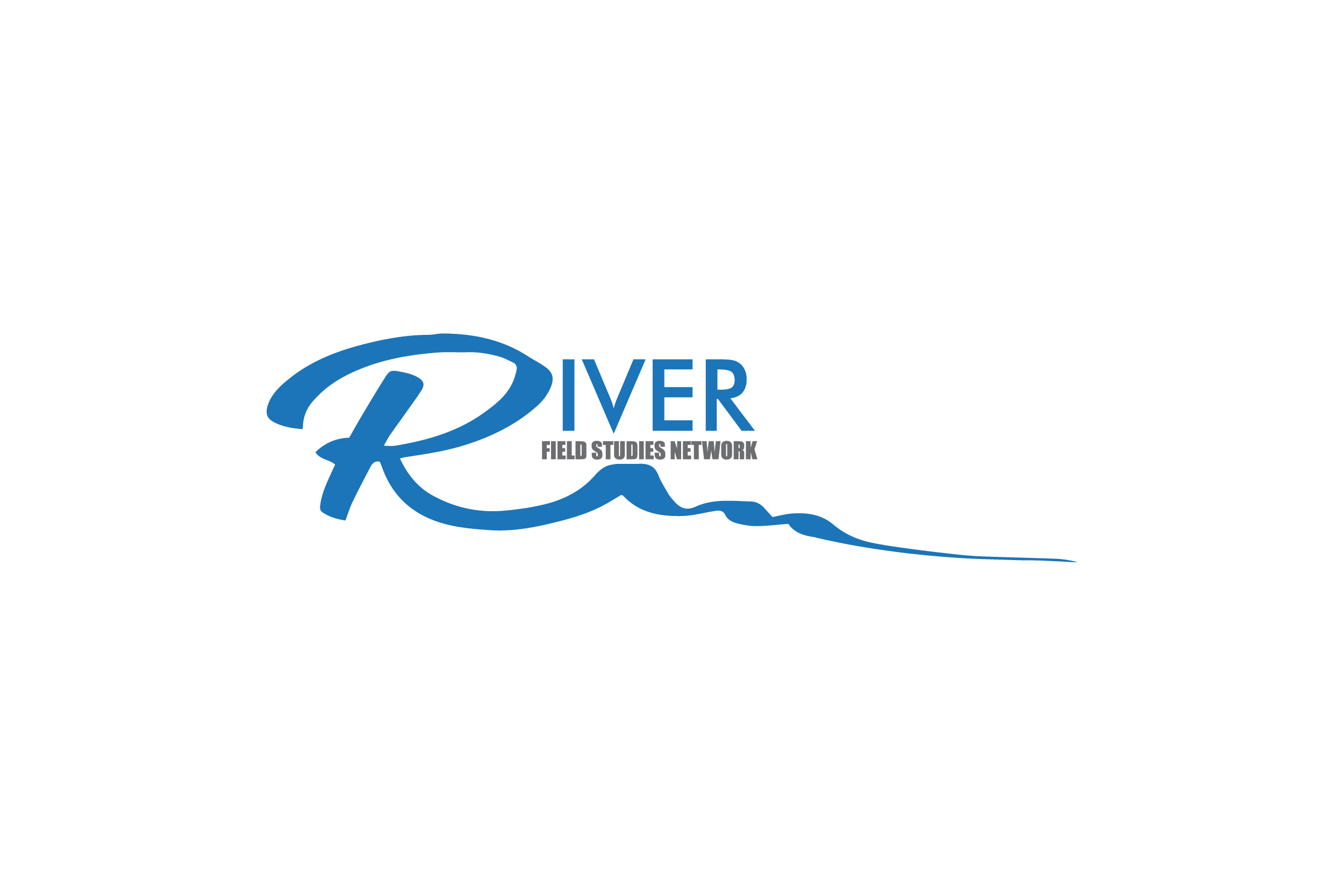Using Survey123 to Map Physical Habitat Characteristics, Watershed Activities, and Disturbances
Author(s): Lucas Ward
Rocky Mountain College
875 total view(s), 804 download(s)
Survey123_APP_xlsversion.xlsx(XLSX | 47 KB)
WARD_UsingSurvey123_Physical_HabitatCharacteristics_Activities_Disturbances.pdf(PDF | 6 MB)
- XLSForm essentials—ArcGIS Survey123 | Documentation
EPA2018_nonwadeable_stream_assessment.pdf(PDF | 12 MB)
EPA2018_nonwadeable_stream_assessment_appendices.pdf(PDF | 38 MB)
EPA2018_wadeable_stream_assessment.pdf(PDF | 15 MB)
EPA2018_wadeable_stream_assessment_appendices.pdf(PDF | 38 MB)
EPA2018_WaterhedActivities_Disturbances.pdf(PDF | 472 KB)
RIVER_Imagery_2.pdf(PDF | 56 MB)
RIVER_Landcover_1.pdf(PDF | 14 MB)
Survey123_APP_xlsversion.xlsx(XLSX | 47 KB)
- License terms
Description
Students work individually or as a team (e.g. in pairs) to use a Survey123 App adapted from the National Rivers and Stream Assessment (NRSA) protocol for assessing the habitat and physical characteristics – particularly those that have been influenced by human activity – of the riparian area of a stream or river. The Survey123 App associated with the lesson is built to allow students to enter information ‘on the fly’ – on the water, while paddling, floating, or hiking, as they encounter instances of human influence on the physical habitat of the stream – OR in the context of a more formal lesson in which students are assigned (either individually or as teams) an approximately 0.5km sampling reach within which they use Survey123 to gather information about physical habitat at several transect locations. Depending on the context of the lesson (e.g. whether the lesson is part of a course/ or field experience in which students will have access to the ArcGIS online (AGOL) and time post-lesson to use AGOL [or desktop GIS software] to analyze the observations collected by the group during the lesson) instructors can choose assess student understanding using a facilitated discussion, short answer responses to questions, or even student development of a more formal GIS-based poster or presentation.
Cite this work
Researchers should cite this work as follows:
- Ward, L. (2023). Using Survey123 to Map Physical Habitat Characteristics, Watershed Activities, and Disturbances. River Field Studies Network, QUBES Educational Resources. doi:10.25334/A6FA-1405
